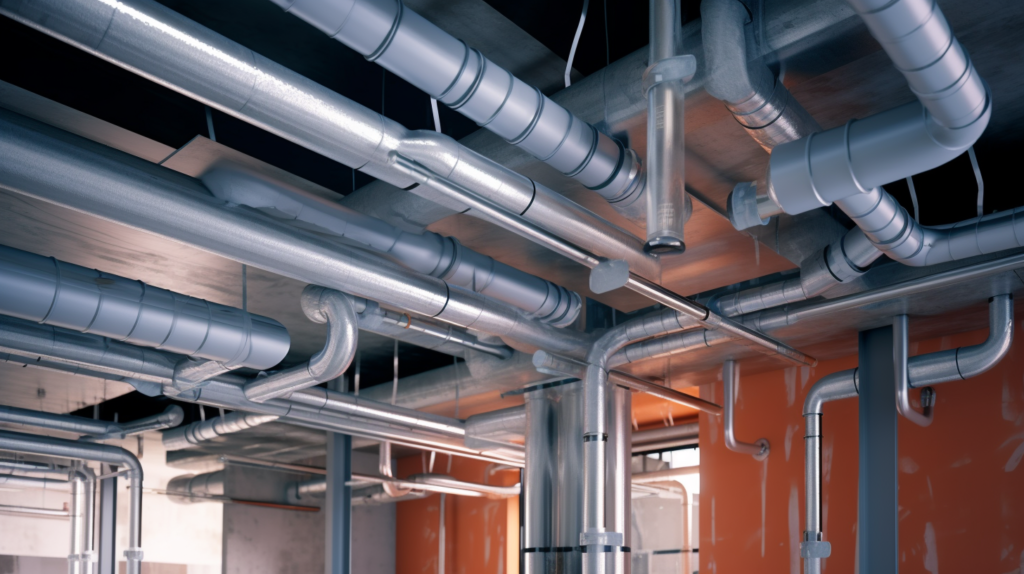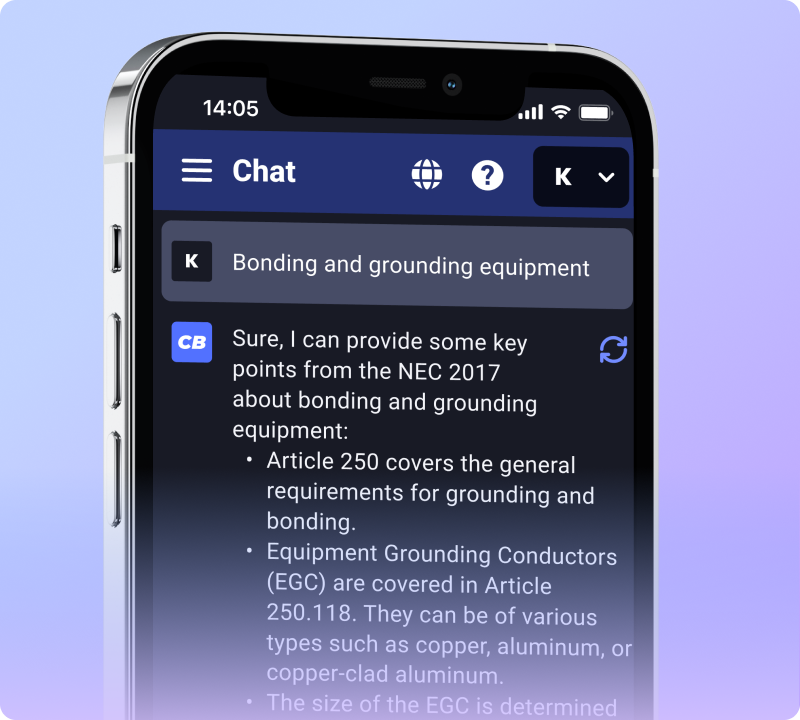Understanding the safety dynamics between electrical wires and ductwork is crucial for DIY enthusiasts, construction workers, engineers, and electrical professionals. Knowing the do’s and don’ts in this context is not only a matter of efficiency but paramount for safety.
Can Electrical Wires Touch Ductwork?
Safety First: It’s essential to recognize that allowing electrical wires to come into direct contact with ductwork is generally not recommended. The primary concerns are twofold: the potential for electrical hazards and the risk of damaging the insulation of the wires.
Code Compliance: According to the National Electrical Code (NEC), there are strict guidelines on how electrical wiring must be routed in proximity to other building elements, including ductwork. These regulations are designed to minimize fire risks and electrical interference.
Insulation Concerns: The insulation around electrical wires can deteriorate when in contact with metal ducts, especially if the ductwork conducts heat. Over time, this can lead to exposed wiring, increasing the risk of short circuits and electrical fires.
Spacing and Support: The NEC advises maintaining a safe distance between electrical wires and ductwork. Wires should be securely fastened and supported to avoid accidental contact. This spacing also facilitates easier inspection and maintenance.
Best Practices for Safety
- Maintain Clearance: Always ensure there is adequate space between electrical wiring and ductwork.
- Use Proper Conduits: When wires must pass near or over ductwork, use appropriate conduits or raceways to protect the wires.
- Regular Inspections: Periodically inspect the areas where electrical wires and ductwork coexist to ensure that no accidental contact or damage has occurred.
Conclusion
While it’s technically possible for electrical wires to touch ductwork, it’s not a recommended practice. Adhering to NEC guidelines and implementing best safety practices is crucial in such scenarios. Regular inspections and proper installation techniques are key to maintaining safety and compliance.


